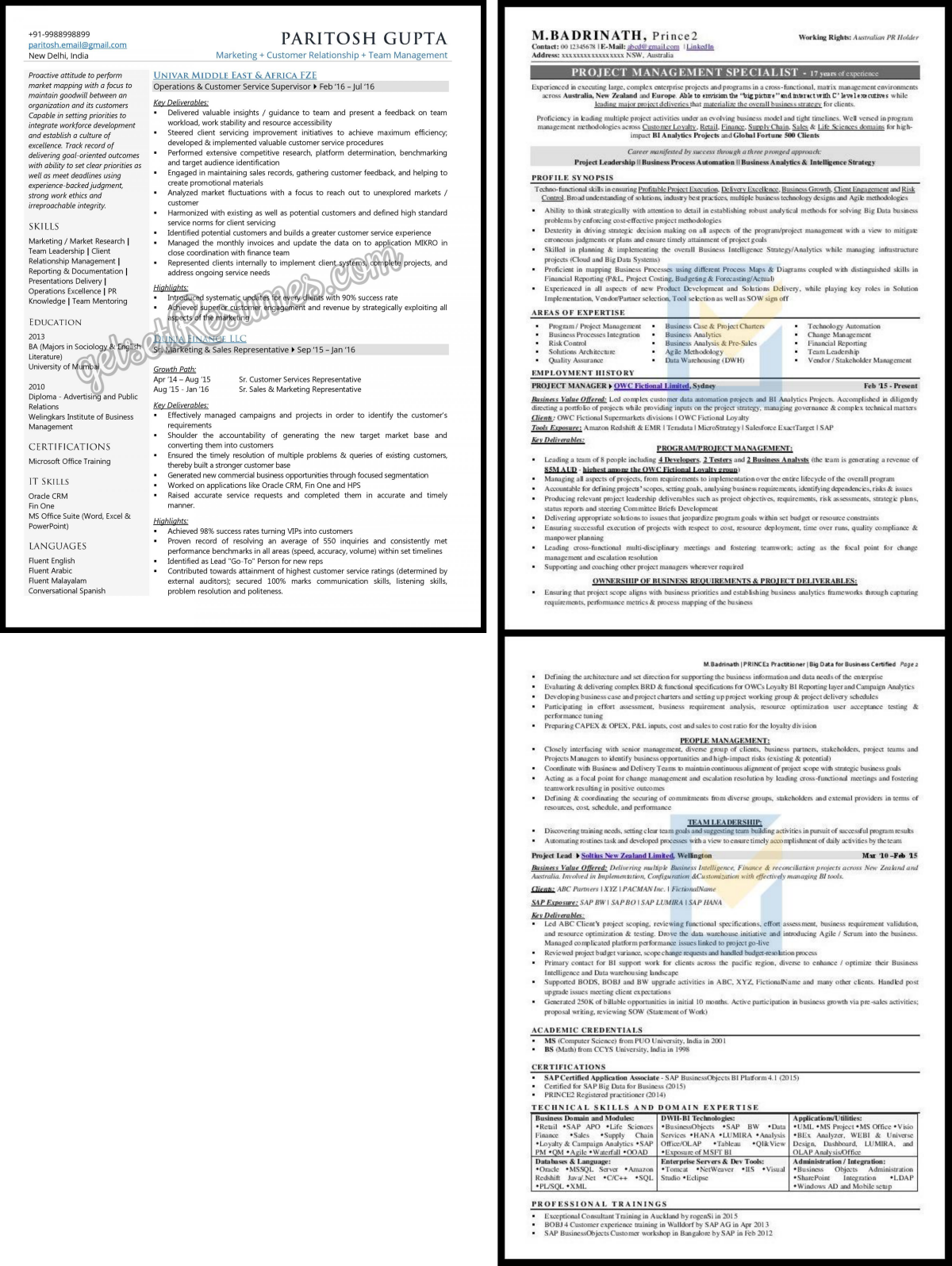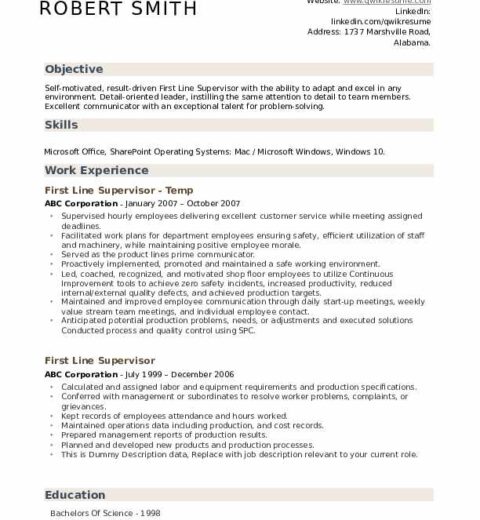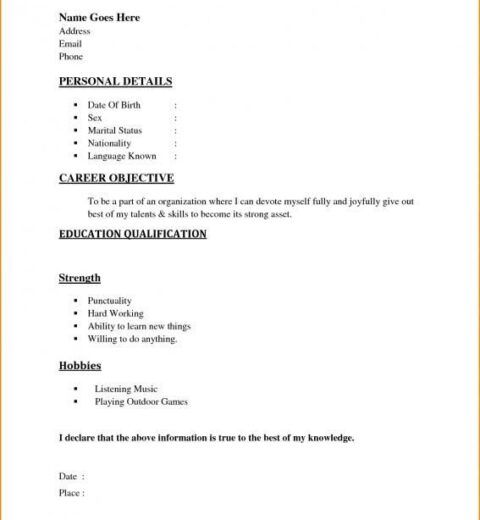In the fast-paced world of 2025, where attention spans resemble those of goldfish, the question lingers: How long should your resume be? Should it embody the brevity of a haiku—a single page that encapsulates your career in an eloquent snapshot? Or should it unfold like a well-crafted novel—stretching to two pages that reveal the depth and complexity of your professional journey? This contemplation echoes the age-old debate of quality versus quantity, and both options possess their unique allure.
To navigate this decision, it’s essential to understand the intricacies governing modern resumes. In a society where visuals reign supreme and brevity is lauded, employers are inundated with an avalanche of applications. The consequence? They often allot mere seconds to peruse each resume. Just as a painter strategically selects a few strokes to convey emotion, job seekers must distill their experiences into an engaging format that resonates with hiring managers.
**The Allure of the One-Page Resume**
The one-page resume represents precision and conciseness. It’s akin to a well-crafted appetizer designed to whet the appetite, providing just enough flavor to entice the reader without overwhelming them. This format is particularly beneficial for recent graduates or individuals transitioning into new industries. By narrowing the focus to essential skills and experiences, candidates can highlight their adaptability and eagerness.
Moreover, a one-page resume simplifies the recruitment process, allowing for quick decision-making. In an age where hiring managers are often swamped, having a succinct, compelling narrative can be the difference between landing an interview and fading into oblivion. It forces candidates to prioritize their most relevant accomplishments, showcasing their strengths with clarity and elegance. This precision, however, does not diminish one’s worth; rather, it amplifies the essence of what they can bring to the table.
**When Two Pages Become Necessary**
Conversely, consider the two-page resume, an expanse where stories and experiences can breathe freely. This format allows professionals with extensive backgrounds—such as seasoned executives or individuals with multifaceted skill sets—to articulate their achievements in greater depth. Just as a comprehensive novel draws readers into its world, a two-page resume can capture the complexities of a long career, revealing a rich tapestry of skills and experiences.
In industries where a deep understanding is crucial—such as academia, medicine, or engineering—a two-page resume becomes almost a necessity. Here, intricate details about specific projects or research can significantly bolster a candidate’s credibility. This format permits the weaving of narratives that illustrate growth and progression over time, thus allowing the hiring manager to see the journey rather than just the destination.
For candidates who have evolved through various roles—perhaps transitioning from technician to manager—a two-page layout offers the chance to delineate this trajectory. It allows for a fuller exploration of each position held, underscoring the skills acquired and the impact made. Emphasizing a rich narrative can evoke a sense of dedication and expertise, something that a shorter format may struggle to convey.
**The Tailored Approach**
However, the decision between one page and two is not simply binary; it is nuanced, woven with the fibers of context. Candidates should critically assess their industry norms and personal narratives. For instance, tech and creative industries might favor the succinct, punchy one-page approach, while traditional sectors such as law or finance may lean towards the detailed two-page resume.
In any case, there is one paramount rule: relevance. Regardless of the length, each entry should contribute value. Highlight accomplishments that align with the desired position, and eliminate superfluous information. Visual aesthetics matter as much as content; a cluttered page can deter even the most patient reader. Therefore, adopting clean formatting and strategic white space enhances readability, making the information digestible.
**The Elegance of Visuals**
Moreover, as we march further into 2025, we cannot ignore the power of design. Integrating visuals—such as infographics, charts, or even branded colors—can elevate a resume from mundane to memorable. When executed judiciously, these elements serve not just to beautify, but to enhance comprehension. A well-placed chart illustrating growth metrics, for instance, can succinctly convey success without wading through verbose text.
The spread of social media platforms like LinkedIn also prompts an evolution in resume crafting. With the ability to create a comprehensive online profile, applicants might opt for a more streamlined resume that acts as a teaser—enticing the reader to explore further. In this sense, the resume becomes a portal, leading potential employers to a well of information that showcases depth and engagement.
**Conclusion: The Resume of Tomorrow**
Ultimately, whether one opts for a one-page or two-page resume in 2025 is less a matter of length and more an exercise in strategy. The key lies in crafting a document that encapsulates a candidate’s essence while respecting the time constraints of busy hiring managers. Whether with a brief yet impactful account or a rich narrative that draws the reader in, the resume must function as both an introduction and an invitation.
As you contemplate the length of your resume, consider it your personal branding canvas, ready for artistry, precision, and a touch of narrative flair. Each resume, after all, holds the potential to tell a story—your story, encapsulating not just what you have done, but what you aspire to become.




